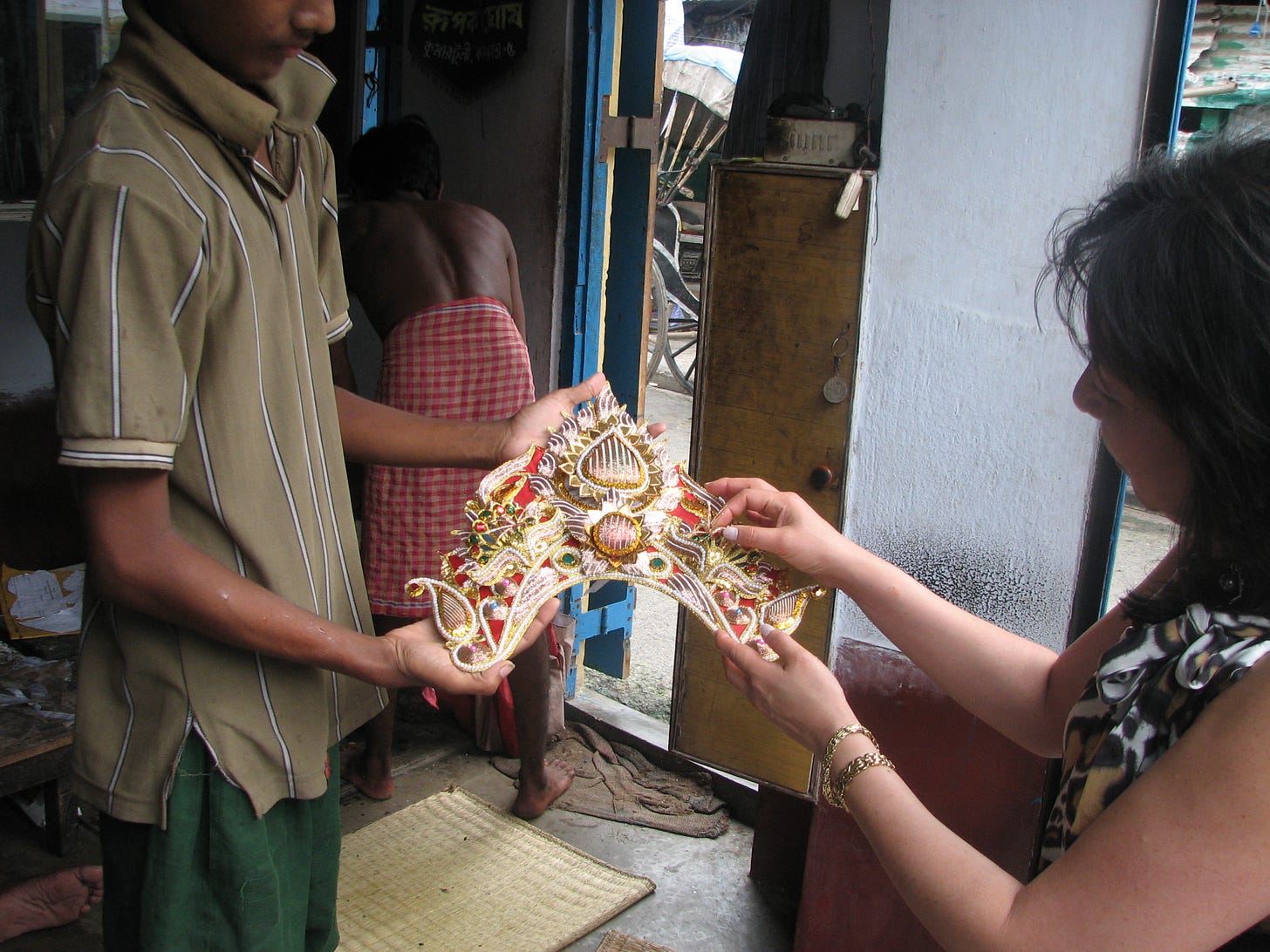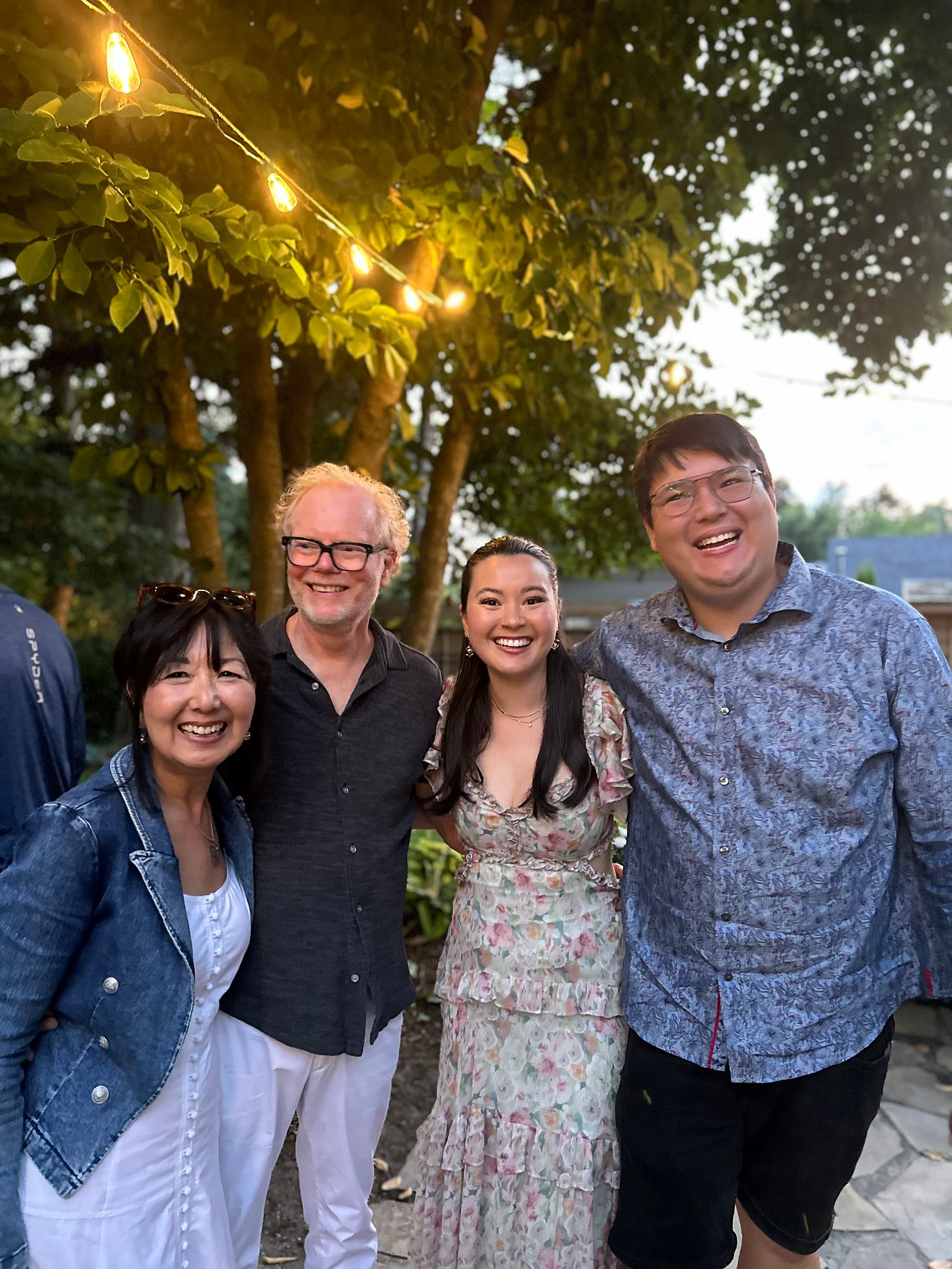In Her Words: Diana Adachi, Applying Traditional Values to Modern Challenges
Using technology and empathy to empower the unbanked and underserved
I consider myself an entrepreneur, an investor, and an executive. I run companies. From a very early age, I knew I’d want to be in business. I like being able to make decisions with some independence and a certain amount of creativity. I think entrepreneurship is in my genes, as is helping my community and supporting the disadvantaged.

My grandparents arrived in Vancouver, Canada, in the early 1900s. My grandfather on my mom’s side was an amazing entrepreneur and businessman. He came here like so many immigrants with just the shirt on his back. He built up several businesses over the years, and he did very well. At the time there was a lot of immigration into Vancouver.
When World War II broke out, the Canadian government interned the Japanese like the United States did. My grandparents and my parents were all interned in these camps. When they were interned, everything was taken away from them — all their businesses, all their possessions. They went into those camps with nothing more than a suitcase.
After the war, unlike the U.S. government, the government of British Columbia didn’t give back what they took from the interned before the war. That meant that my grandparents had almost nothing when they left the camps. Fortunately, in addition to being a very good businessman, my maternal grandfather was very active in his community. He was good to the people who worked for him, and he built relationships in his community. One of the important relationships he built was with the Royal Canadian Mounted Police (RCMP). My grandfather had stocks of businesses, and he gave those stocks to the RCMP for safekeeping so that when the family came out of the camps, they’d have something to use to start over again. Unfortunately, my grandfather died in the camps, but the RCMP kept their word and returned the stocks to my grandmother. As a result, she was able to take her children to Montreal, which was the financial center of Canada in the 1940s, and start a new life. She bought two lovely homes in a very desirable neighborhood. She raised her family in one and used the other as a rental property.
The internment was a terrible time. My father was interned at the same camp as my mother’s family and that’s where my parents met. Their love story started when they were 13 years old. My father’s family wasn’t like my mother's family. His family was very, very poor. If it weren’t for those camps, I’m not sure that my parents would ever have met. My dad became a high school teacher. He taught a largely immigrant population, where the parents really didn’t care much about school. He became his students’ guidance counselor. If they got into trouble, he’d go talk to the parents, or go talk to community leaders to help sort out some of the issues. What really struck me with my dad was his capacity to be able to give back to young people based on what his experience had been growing up and what he wanted to pass on. That’s what he impressed upon my siblings and me. That’s my family background. I think it really helped shape me and guide me to where I am today.
There certainly are some important threads in these stories that you have picked up and pulled through your career. Talk to us about your desire to work with financially underserved populations.
While I was consulting for Bell Canada in the 90s, the company was trying to create different types of payment solutions. This was a telco that was taking on banks in a very coveted space because payments are very, very lucrative. The telephone company is really nothing more than networks. When you think about banks, they’re the same — they’re just networks.
While working on this project, it came to my attention that in the U.S. alone, there were tens of millions of people who were unbanked or underbanked (and still are). Now, think about the rest of North America and beyond. These are people who don’t have a lot of money. They may not have a bank account, or even if they do, they may not have debit cards. They don’t have credit cards because they don’t have any credit rating. With a debit card or a credit card, you can go almost anywhere, anytime and pay for anything. Not everybody has that privilege. Without it, you have to think about how you’re going to get around. You have to figure out how and where you’re going to spend your money and that becomes a much bigger part of your survival. If you’re living paycheck to paycheck and you need money in between, you get payday loans or go to the money mart and then you pay fees, which means now you have to pay money to spend money.
This hit home again during the pandemic when stores weren’t accepting cash. You had to have a credit or debit card to tap and pay. Think about those communities who didn’t have those means of payment available to them. Doing any sort of commerce is difficult then. That made me interested in looking at this area and figuring out how we can improve the situation, what kind of applications we can make, etc., and eventually that got me into Bitcoin and cryptocurrencies.

The ability to hold onto or access money during difficult times was essential to your grandparents’ success. Your grandfather would’ve had to have asked the RCMP to hold for safekeeping paper certificates as evidence of his stock ownership. How does that compare to the experience of displaced peoples today?
That’s a good point, and it’s something that I have spoken about at different conferences. If you’re in a war torn country, in Ukraine for example or in the Middle East, and you’re fleeing, you can’t really take cash with you, because wherever you’re going to go there’s a risk that someone is going to steal that money from you. With crypto and Bitcoin there’s the ability to have money that is digital so that wherever you land, you have financial resources.
Is technology the driving force that will help underserved communities?
Blockchain is an infrastructure. It’s a database. It’s important because it allows you to have basically trustless transactions. By using the technology of the network, there is no need to rely on trust in a third person, like a bank or another intermediary. With things like blockchain, you have new business models and these particularly address the underserved markets. It has been amazing to be part of that and witness those changes. My own personal growth and insight is that we have all this technology, but technology is not what will make the change. The change comes from us. The people have to want change. A lot of these communities don’t have to face the challenges they’re facing. But how do you make change? You have to take the lead. You’ve got to do things yourself. I’m hoping that in future generations, they pick up that ball to continue to work to better society.

Belle Curve Stories is about women navigating life with grit, grace, and growth. What do those three words mean to you?
In 2008, when my children were 12 and 15, my husband and I moved our family from Canada to Silicon Valley, and that was probably the most difficult time for my marriage and my family. We were in a new city, we didn’t have any friends there at first, and I was traveling all over the place, so my kids were having to try to figure it all out. Eventually we found our tribe. I created a dinner club of friends that we met along the way. We were there for 10 years before we moved back to Canada. That experience required grit and grace and we all grew too.
If you were to go back in time and talk to your 25 year old self, what would you say to her?
I would tell her not to take life so seriously. Everybody says hindsight is 20/20. I put so much pressure on myself to do certain things and to perform and to achieve, but today I look back and think maybe I didn’t have to work quite as hard.
As told to and edited by Teresa Bellock and Sandra Ditore.
Diana Adachi is an entrepreneur, experienced executive, and blockchain expert. She is a partner and SVP at True North Impact, the first ESG reporting platform focused on empowering small- and mid-sized asset managers with next-gen, science-based reporting. Diana has worked with emerging companies as well as with the largest corporations in the world and she is dedicated to supporting underserved markets. Diana and her husband live in Niagara On The Lake, Ontario.





